
Want To Work At London Fashion Week? Karoliina Saunders Has The Answer
Want To Work At London Fashion Week? Karoliina Saunders Has The Answer
The celebrated stylist launches an exclusive education series, offering the opportunity of backstage access to London Fashion Week 2025.
by CAITLYN | INDUSTRY NEWS
Celebrated stylist Karoliina Saunders, renowned for her work as a session stylist and salon owner, has joined R+Co UKI as their new guest artist. Bringing her expertise to the forefront, Saunders will be leading an exclusive education series called ‘Salon to Front Cover,’ designed to train stylists in the world of high-fashion hair.
With extensive experience in the fashion and hair industry, Karoliina has worked with some of the most notable names in hairdressing, including Guido and Eugene Souleiman. As the Head of Session at the Fellowship for British Hairdressing, she has cultivated a reputation for creativity and leadership in both salon and session styling.
The ‘Salon to Front Cover’ series is designed to give stylists critical skills in transitioning from salon work to high-fashion editorial and runway styling. The series is divided into two courses:
- Essentials – Focuses on backstage etiquette, kit essentials, and key techniques.
- Enhance – Emphasizes creativity, advanced techniques, and the latest trends from fashion weeks.
Stylists who complete the courses will have the chance to audition for a coveted spot to work backstage with Karoliina at London Fashion Week 2025, offering real-world experience in high-paced fashion environments.
“I am thrilled to join R+Co as a guest artist,” says Karoliina. “This is a brand that aligns with my passion for creativity and innovation, and I’m excited to share my knowledge with the R+Co community.”
With Karoliina Saunders leading the ‘Salon to Front Cover’ series, R+Co is set to offer one-of-a-kind education and career-shaping opportunities to stylists ready to step into the fashion world.
Find out more here.


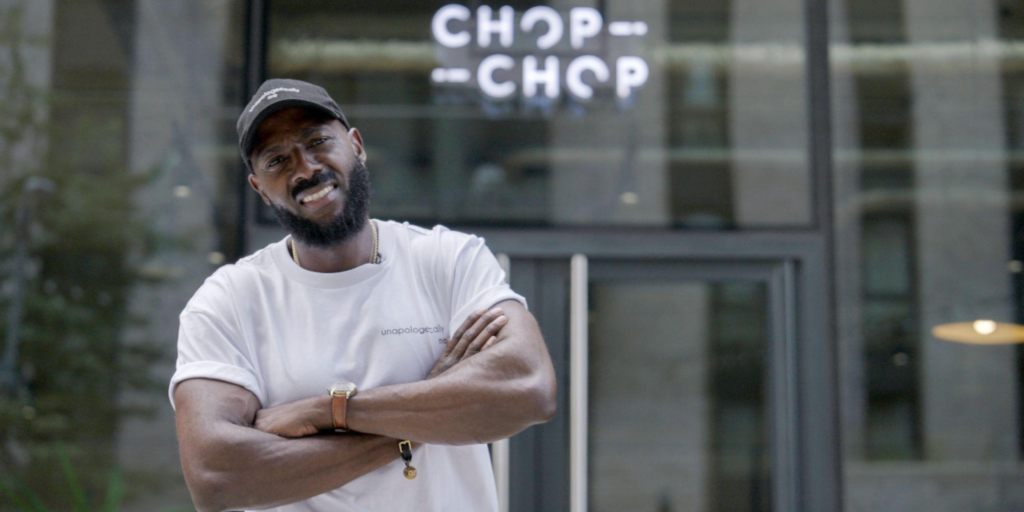






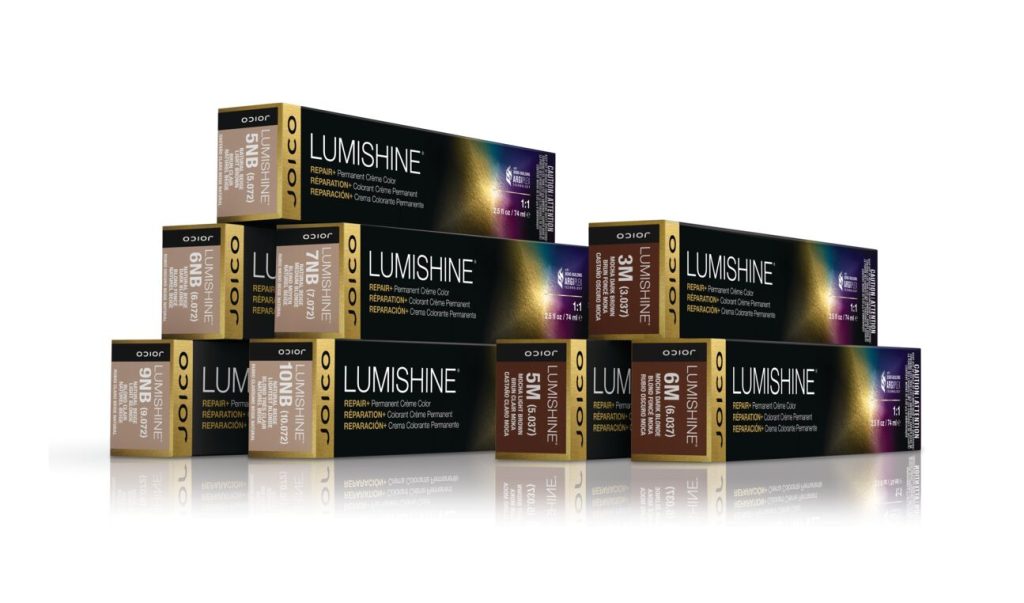


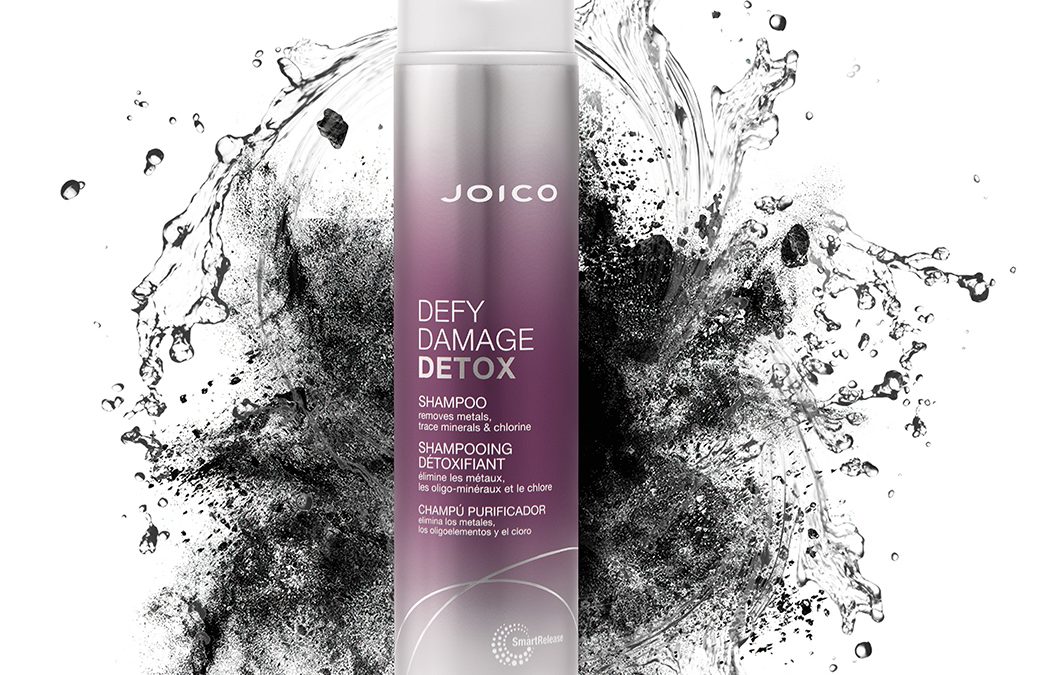

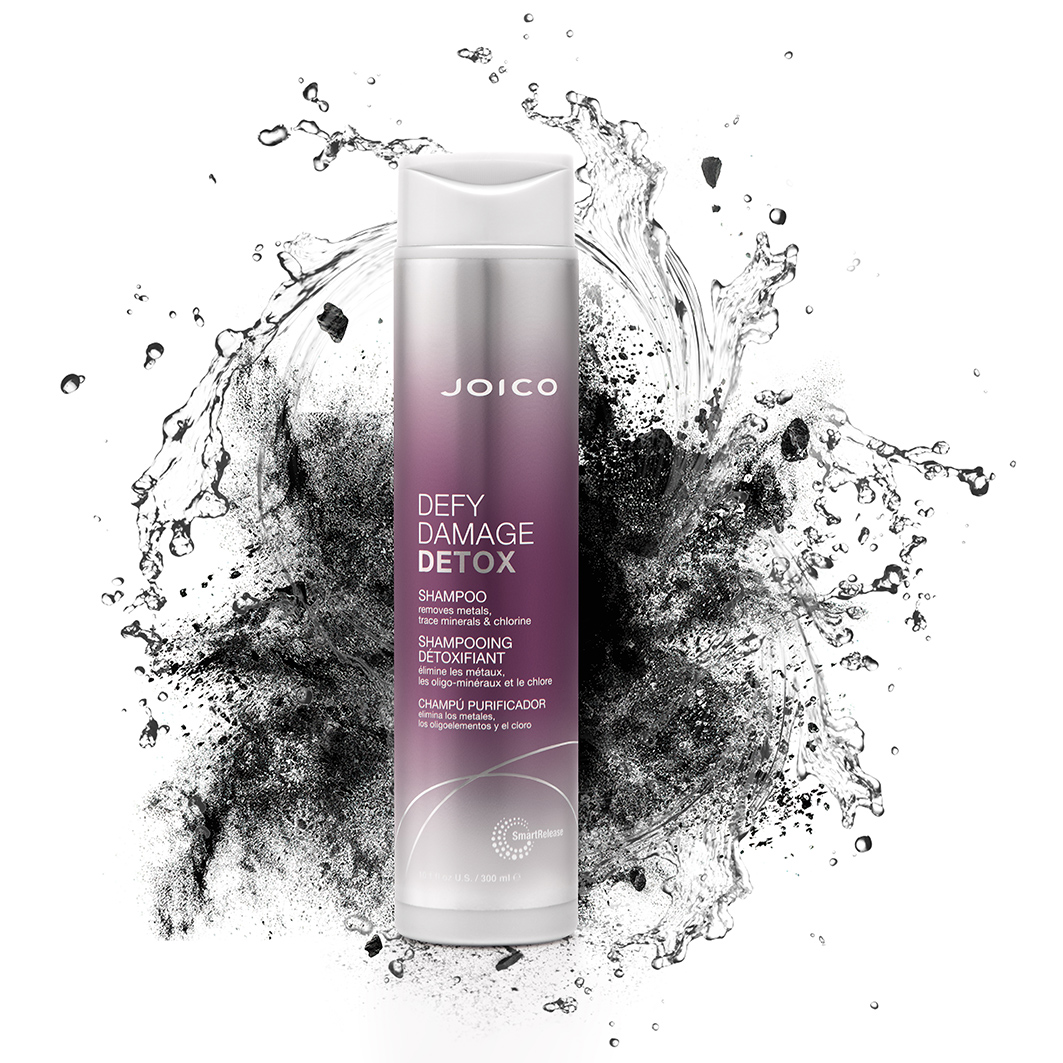



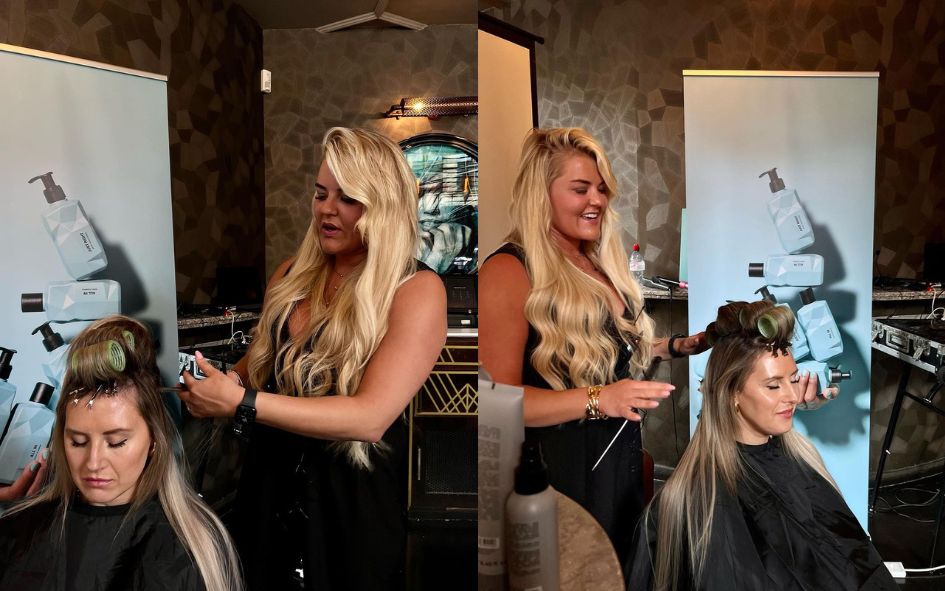



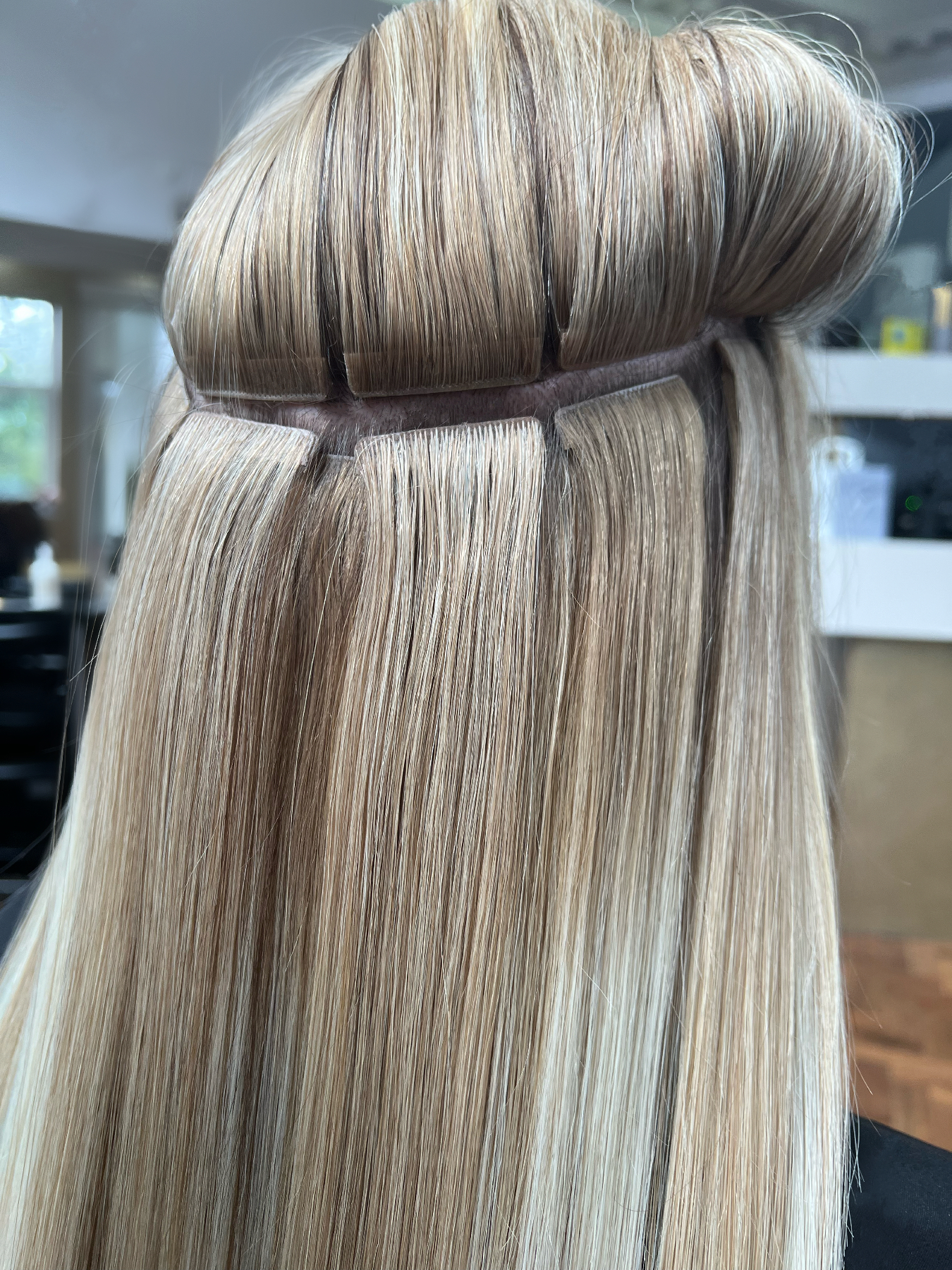





![09_ANNEVECK_561-1[24]](https://creativeheadmag.com/wp-content/uploads/2024/10/09_ANNEVECK_561-124-scaled.jpg)






